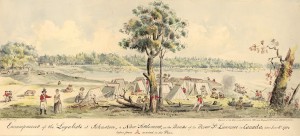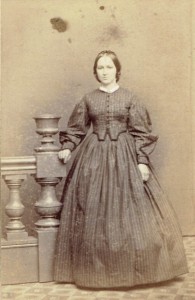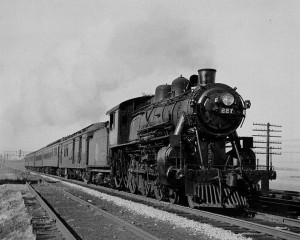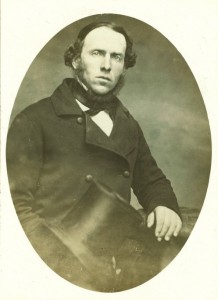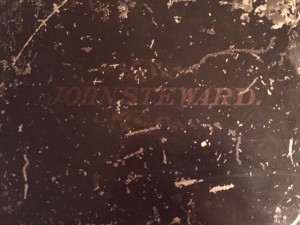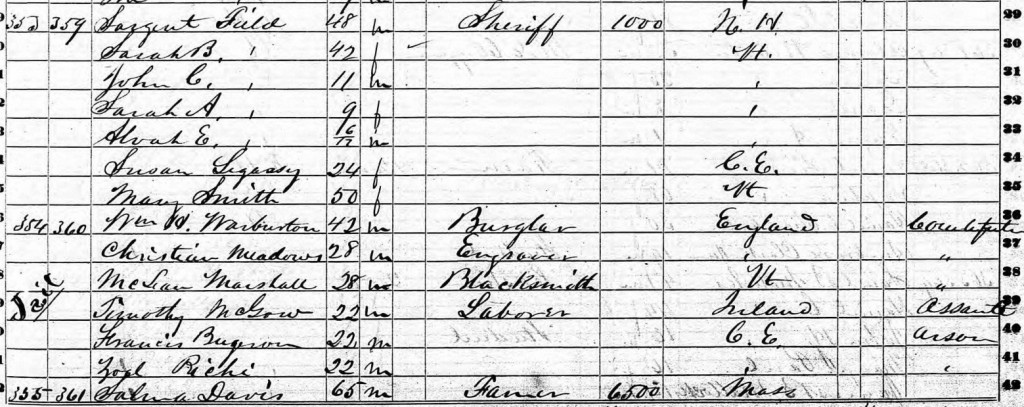
The Federal Census of the United States was established to accurately list the nation’s citizens, including those serving time in jail. In June 1850, men by the name of Christian Meadows and William H. Warburton (better known by his alias of “Bristol Bill”) were found guilty of counterfeiting currency at Groton, Vermont.[1] Meadows appears in the 1850 Census living in Danville, Caledonia County, with his condition listed as “counterfeiter.” Directly above Meadows is Warburton, whose profession is listed simply as “burglar.” Continue reading Prison time

